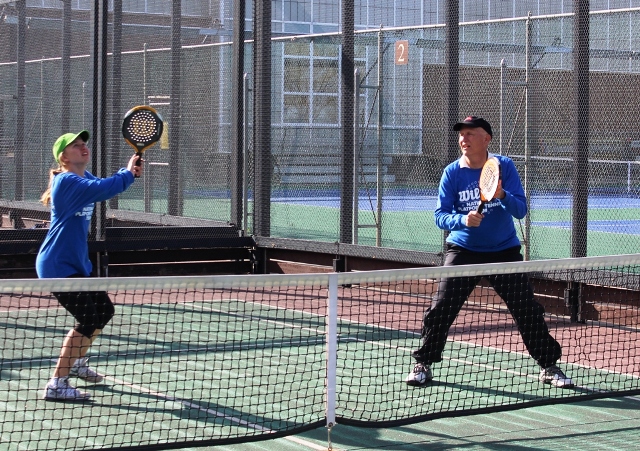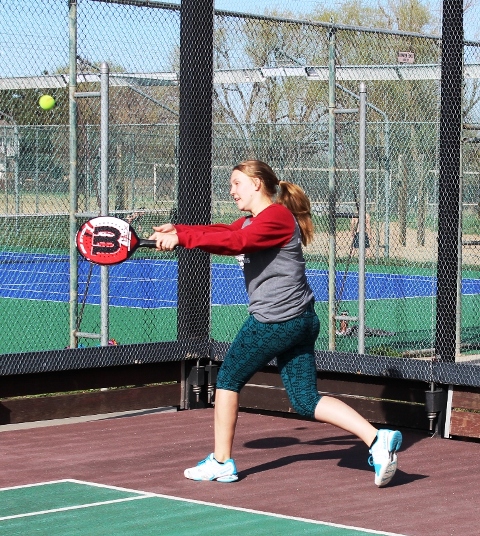This post is an excerpt from the paper, “Your Mission Should you Choose to Accept it is to be a Coach“. The paper was written to encourage volleyball coaches to incorporate relevant training into their practices. For some this means making changes.
Many people struggle when they are asked to change. Coaches may agree that the concept of relevant training makes sense, but implementing change may be easier said than done. The following two discussions are included to let coaches know they are not alone if they wrestle with change. Endorsing change will allow coaches to further increase learning, improvement, and fulfillment in their practices.
First Discussion
Parent: Did you like the part of the USAV IMPACT course where they talked about how the game teaches the game.
Coach: Yeah, that’s a cool idea. I like it.
Parent: Can you implement it into your practices?
Coach: Oh we can’t do that because we have to teach the girls how to hit the ball and where to stand. We have to teach the girls and don’t have time to play games.
Second Discussion
Parent: Could the coaches in your club be more effective if the players had more meaningful touches in practice?
Coach: Yes, most of our coaches aren’t very good at doing that and don’t get it. Would you watch my practice and give me some feedback?
After practice…
Parent: You have great rapport with your athletes and they have fun. Do you think they will retain what you worked on?
Coach: Yes, we did my favorite blocking drill for 35 minutes, they better get it, or else.
Parent: I noticed several players standing around and others did not appear to be engaged. Did you see the same thing?
Coach: Oh that is normal.
Parent: Would it help to change drills?
Coach: No, one girl doesn’t like to block, the other one was injured and couldn’t go 100%, and the other girl has had a bad attitude since day one. They just need to focus.
Another more light-hearted approach to accepting change is to imagine that David Letterman was a volleyball coach who didn’t like change. The following are 10 reasons he might give for not integrating relevant training into his practices.
If David Letterman was a Volleyball Coach who Didn’t Want to Change…
1. I have a set of great drills that were handed down to me from my coach and his coach.
2. The club has a system that works. Why change?
3. I like single focus drills because I’m in control. They look more organized, That’s important to the parents.
4. I don’t like to have multiple balls in the air because that makes practice look chaotic and unsafe.
5. It is important to demonstrate to the players and parents that I am knowledgeable about the sport by giving detailed descriptions of skills, techniques, and tactics. The kids need to learn to listen and focus. That is how they learn.
6. When I told the parents that the game teaches the game, they said, “That’s why we play tournaments. Get on the court and teach them how to play!”
7. If the club really wanted me to be a better coach they could pay for me to go to coaching clinics – in Hawaii.
8. I like breaking the skill into parts, because I can explain it better to the players that way.
9. It’s just the junior varsity team. The kids aren’t very good, so it doesn’t matter if we hire someone who has never coached before.
10. When the girls miss their serves, they should run 3 laps. It’s good conditioning and it motivates them. That’s how you teach discipline and skills.
If this sounds like your son or daughter’s coach, it is time to start shopping for a new program.


 organizing. They have winning records because they recruit more players with A-level talent than other coaches and they do a better job motivating them and keeping them happy.
organizing. They have winning records because they recruit more players with A-level talent than other coaches and they do a better job motivating them and keeping them happy.